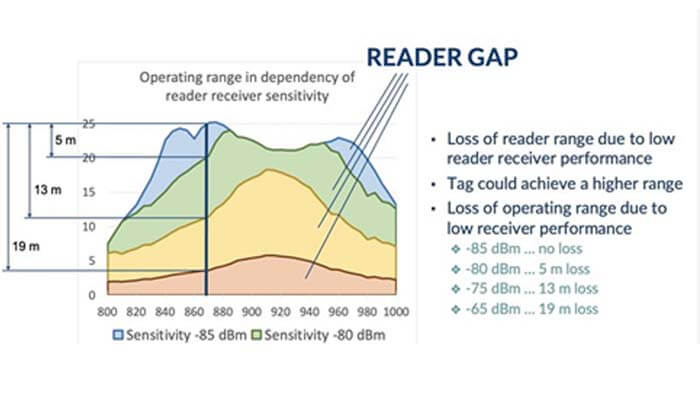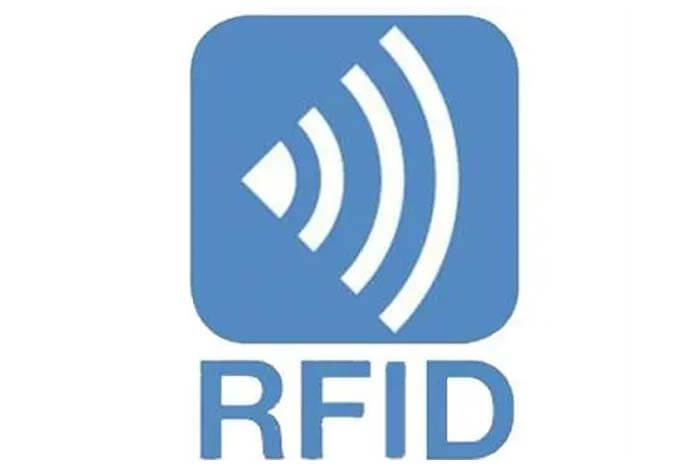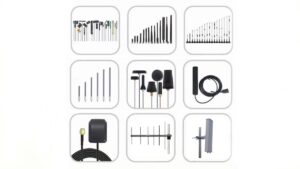Today, we talk about the five biggest RFID Readers problems and troubleshoots, then we know how to avoid them.
We know that designing and using an RFID reader can also present significant challenges. Here are the most common pain points we have found in over 20 years of providing RFID design services and testing solutions for our clients and being a member of the most common international standardization organizations.
RFID Readers Problems and Troubleshoots 1. Reader sensitivity
The issue of range limitations of RFID tags is a thing of the past. Today’s most advanced tags require very little energy and can be powered at ranges of 20 meters or more.
To achieve these ranges, readers need to be able to receive even a weak signal from a tag further away. The industry has seen an increase in tag sensitivity, so RFID applications have become limited by the return link.
This means that the reader cannot hear the tag answer due to the weak backscatter range, which is one of the main reasons for deployment failure. As a result, reader sensitivity is mission-critical in many successful RFID projects.
To overcome this challenge and improve reader accuracy and read rates, the new generation of readers needs to be highly sensitive and able to cope with changes in tag parameters such as backscatter link frequency (BLF) tolerance and changes in system parameters such as phase shift.
RFID Readers Problems and Troubleshoots 2. Lack of reader normality
RFID readers must comply with ISO and GS1 standards and radio rules, etc. Pre-testing of existing standard readers is not only difficult but also a long and time-consuming process.
In fact, only some of the testing was done in a reasonably efficient manner. Engineering teams struggle with time pressure, lack of automation, or simply knowledge about the standards required for prescriptive testing. This can easily lead to inadequate test coverage of readers.
Measurements of link timing, physical layer, and RF envelope parameters are essential in order to make the values defined by all readers on the market based on the Gen2 protocol more comparable while improving the performance of RFID deployments.
RFID Readers Problems and Troubleshoots 3. Reader Gap
The term “Reader Gap” first appeared in 2017 when the next generation of RAIN RFID tag chips had a read range of more than 20 meters.
While this aroused great enthusiasm among system designers, a drawback soon emerged, namely that the overall range achieved was usually much lower.
Due to the low performance of the reader receiver, the reader gap determines the loss of operating range of the RAIN RFID system. The operating range is the actual range or distance that can be reached in an application.
The minimum distance of the forward link from the reader to the tag is determined by the maximum to transmit power, usually limited by radio rules, and the minimum operating power of the tag, Pmin. The return link from the reader to the tag is determined by the tag backscatter power, Pback, and the reader reception sensitivity.
In order to build the bridge between the label and the read-write, the read-write receiving sensitivity is an important parameter, it depends on the signal phase, the frequency (BLF) and the antenna gain, and other values. The often occurring 6db change means the loss of half of the range.

The figure shows the operation range when using the high-end gate reader (sensitivity is -85 dBm), the conventional fixed reader (sensitivity is -75 dBm), and often use the handheld low-cost reader (sensitivity is only -65 dBm).
These values from 25 meters, 12 meters to 6 meters below the free space, in the harsh environment lower. This operating range gap is caused by the reader, therefore also called the reader gap.
RFID Readers Problems and Troubleshoots 4. Speed of Lost Protocol
Understanding and properly using the RAIN RFID air interface protocol, namely ISO/IEC 18000-63 and GS1 UHF EPC Gen2, with all its commands and parameters, is essential for high-speed arrival of readers and successful RFID applications.
When deploying a RAIN RFID system, please read this interesting white paper from the RFID Alliance on air interface and protocol considerations. With 28 billion tags on the market by 2021, according to the RAIN Consortium, these tags require advanced air interface processing to efficiently read the tags required in the application.
For example, it takes about 5 milliseconds to read a RAIN baggage tag, however, if the suitcase contains five pairs of shoes embedded with RAIN tags, a dozen new garments, a conference badge, and more, then a suitcase moves 1 meter instead of 5 centimeters on the conveyor belt until it is identified.
For this reason, an understanding of air interface communication, the selection of the correct protocol parameters, and software routines that utilize the protocol are key to achieving a successful application. Sniffing tools can show whether filtering commands about data content (such as Select and Query) are correctly applied and used in the air interface.
RFID Readers Problems and Troubleshoots 5. Read rate
There is often a strong expectation of reading rate. The effect achieved depends on choosing the correct tag and reader, tag placement, reader antenna, environmental parameters, but also depends on the priority of the application.
Is the priority to identify all the tags, or can miss some tags, will be significantly faster? For this reason, it is important to understand how the collision arbitration is action, and whether the label can not read due to a weak signal.
While ensuring the use of multiple read-write interferences is less, keep to read-write transmit power of the minimum RF energy concern. Testing is another key factor in achieving high read rates.
Besides the 5 RFID Readers Problems and Troubleshoots article, you may also be interested in the below articles.




